Roman Praetorian Cavalry was born with the foundation of Rome, when Romulus created the first Roman army, the legion, made up of 3,000 infantry and 300 knights, chosen from the three tribes that formed the primitive population of Rome: the Tities, the Ramnes and the Luceres. These knights were Roman citizens belonging to the equestrian order, the second in importance after the senatorial one, and had to have a high income to be able to afford the cost of the armament, which consisted of a helmet, a round shield, a light lance and a spade.
Under the Etruscan kings, the Roman cavalry underwent some reforms, such as that of Tarquinius Priscus, who increased the number of knights to 600, and that of Servius Tullius, who introduced compulsory military service and the division of the population into census classes, based on wealth . The first class, the wealthiest, included 80 centuries of infantry and 18 of cavalry.
In the Republican era, Roman cavalry continued to be recruited from Roman citizens, but its role became increasingly marginal compared to the infantry, which constituted the backbone of the army. The cavalry was used above all for reconnaissance, skirmishes, flank protection and pursuit of the fleeing enemy.
The knights were organized into decuries, commanded by a decurion, and assigned to the legions or auxiliary units, made up of non-Roman soldiers from the provinces or allied peoples. The auxiliary cavalry was more numerous and varied than the Roman one, and also included specialized troops, such as horse archers or cataphracts, equipped with heavy armour3.
With the advent of the empire, the Roman cavalry underwent a profound reform by Augustus, who reorganized the army based on the distinction between border troops (limitanei) and mobile troops (comitatenses).
The auxiliary cavalry was divided into alae (units of 500 or 1000 cavalry) and cohortes equitatae (mixed units of 500 or 1000 infantry and 120 or 240 cavalry), while the legionary cavalry was reduced to 120 men per legion. Augustus also reformed the cursus honorum of the equestrian order, creating new military positions, such as the praefectus alae, the commander of a cavalry wing, or the praefectus praetorio, the head of the praetorian guard, the elite body that protected the emperor.
In the following centuries, Roman cavalry acquired more and more importance, both to counter the incursions of barbarian peoples and to support internal struggles for power. Among the most significant innovations, we can mention the creation of the vexillationes, cavalry units detached from the legions or alae for specific tasks, the formation of the scholae, elite units at the service of the emperor, and the spread of the cataphract knights, inspired by the Persian and Sarmatian models.
Roman cavalry, therefore, was an essential component of the Roman army, which adapted to different needs and historical circumstances, showing a capacity for innovation and integration with the cultures and traditions of conquered or neighboring peoples.
| Peso | 0,470 kg |
|---|---|
| Dimensioni | 18 × 10 × 5 cm |
| sculpted by | Ezio Pannitteri |
| painted by | Russian Aeroart |
Up-Sells Products
-
Roman Legionary I cent. A.D., Britannia
69,00 €Roman Legionary I cent. A.D., Britannia 90mm metal kit figure – cod.FRV-067
-
-
Limes Fight, Germans against Roman Cavalryman, 3rd Century
45,00 €Limes Fight, Germans against Roman Cavalryman, 3rd Century 54mm metal kit figure – cod.FRV-079
Related Products
-
Antony Bek – Bishop of Durham – 1283
59,00 €Antony Bek – Bishop of Durham – 1283 54mm metal kit figure – cod. FRV-012
-
Jim Felix Bridger 1804-1881
Jim Felix Bridger 1804-1881, 54mm metal kit figure – cod.FRV-024
-
39th New York Garibaldi Guard 1861
20,00 €39th New York Garibaldi Guard 1861 54mm metal kit figure – cod.FRV-021
-
Scottish Soldier – Culloden, 1746
23,00 €Scottish Soldiers – Culloden, 1746 54mm metal kit figure – cod.FRV-027










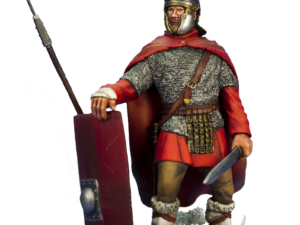



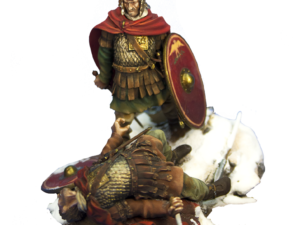
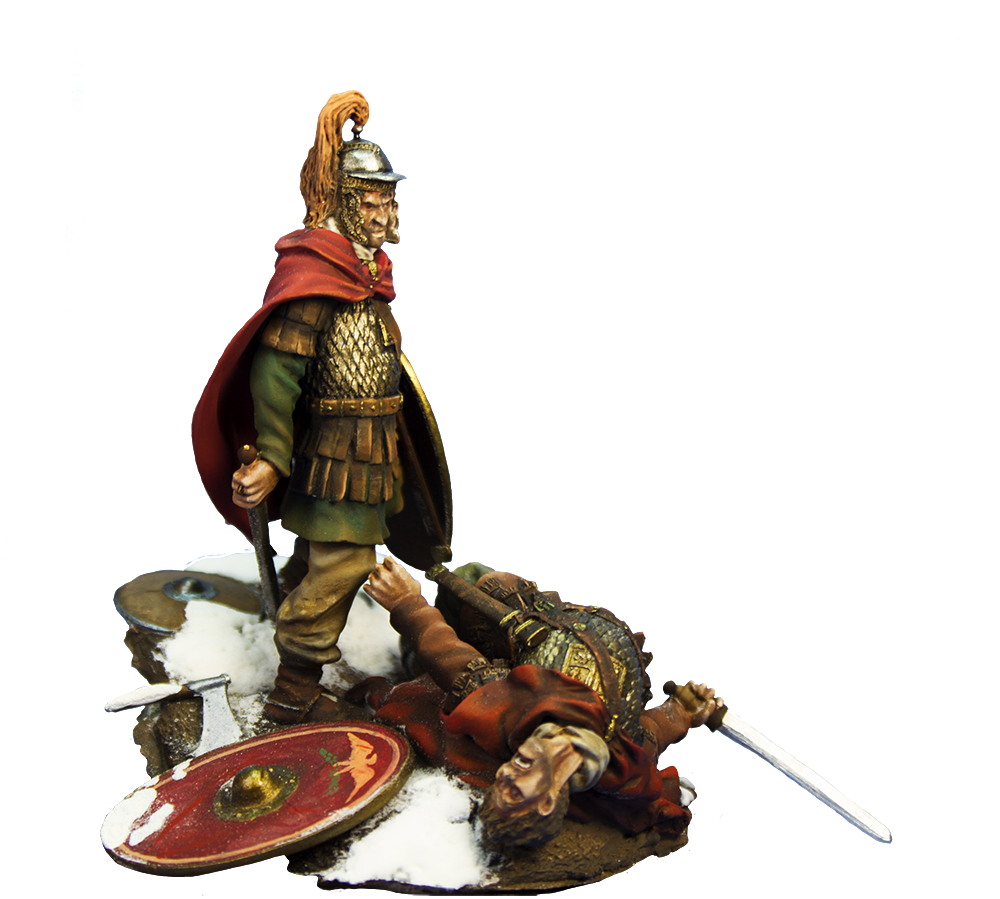




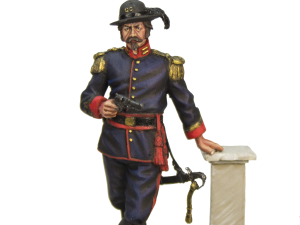

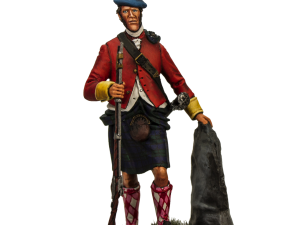

Recensioni
Ancora non ci sono recensioni.